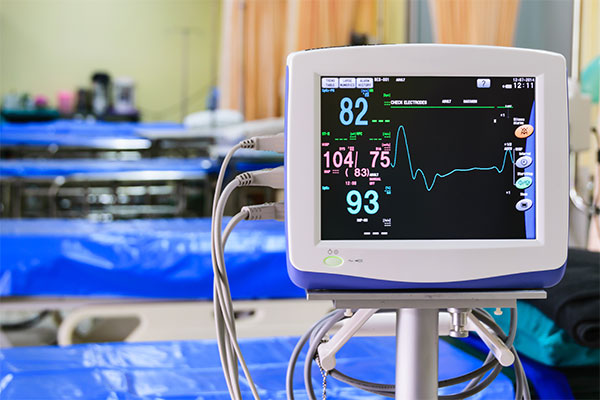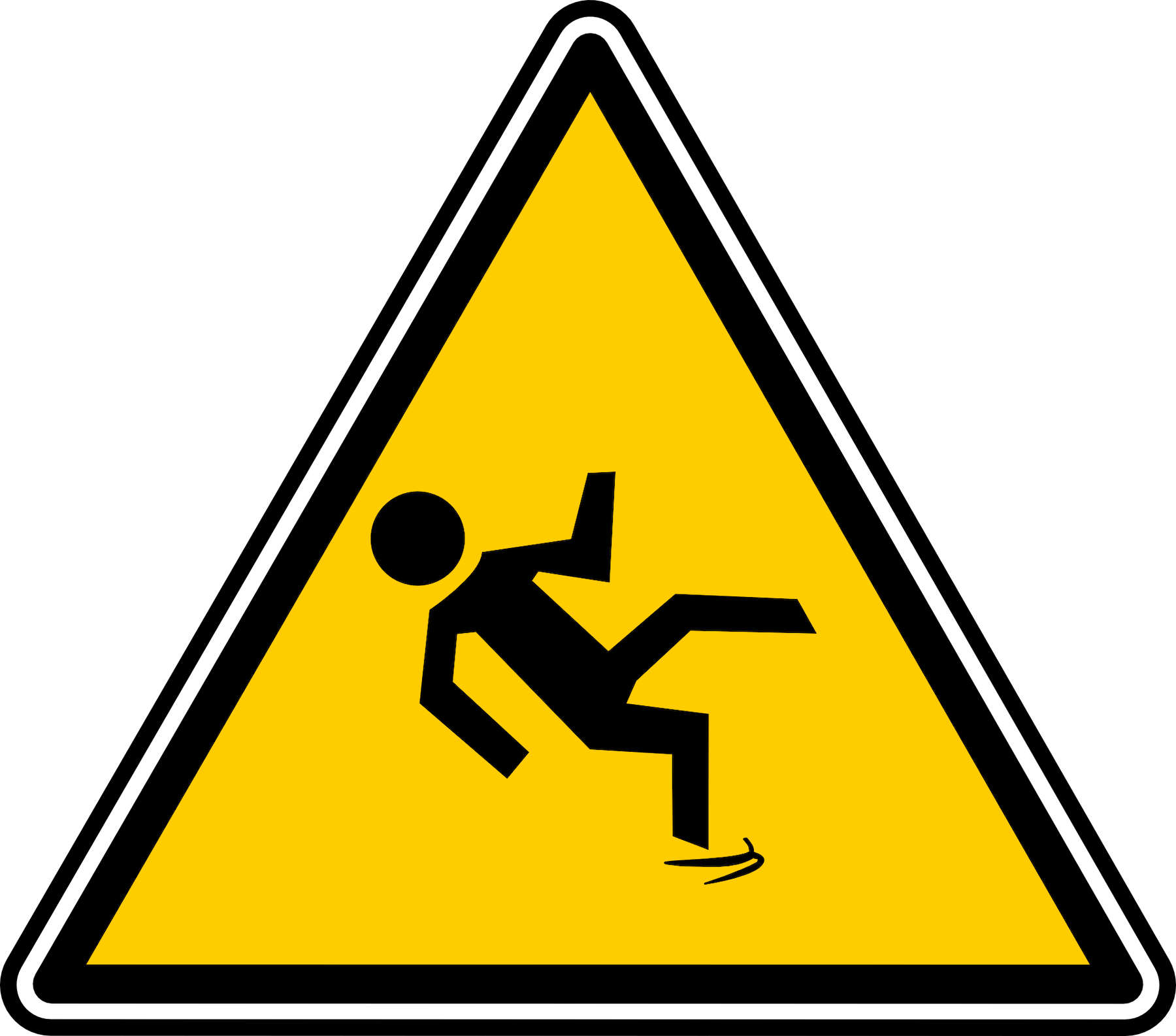How to Describe Cold & Flu Symptoms in Spanish
When it’s cold and flu season you have tons of repetitive conversations with your patients about their cold and flu symptoms and treatments. Add COVID to the mix and now you’re discussing testing, isolation, etc.
In this lesson, we teach you how to describe and discuss cold and flu symptoms in Spanish. In addition to helping, you explain the next steps for your patients. Watch the following video.
Two important verbs we use when talking about cold and flu symptoms in Spanish are TENER & SENTIR(SE). Here is how they conjugate:
Tener = to have
Yo tengo = I have
Tú tienes = you (child) have
Él tiene = he has
Ella tiene = she has
Usted tiene = you (adult) have
Nosotros tenemos = we have
Ellos tienen = they have
Ellas tienen = they (women) have
Ustedes tienen = you all have
Sentir (e-ie) = to feel + noun
Yo siento dolor = I feel pain
Tú sientes … = you (child) feel
Él siente … = he feels
Ella siente… = she feels
Usted siente … = you (adult) feel
Nosotros sentimos … = we feel
Ellos sienten … = they feel
Ellas sienten … = they (women) feel
Ustedes sienten … = you all feel
ex. ¿Siente dolor cuando yo presiono aquí? = Do you feel pain when I press here?
Haber + tenido = have had
Yo he tenido = I have had
Tú has tenido = you (child) have had
Él ha tenido = he has had
Ella ha tenido = she has had
Usted ha tenido = you (adult) have had
Nosotros hemos tenido = we have had
Ellos han tenido = they have had
Ellas han tenido = they (women) have had
Ustedes han tenido = you all have had
Sentirse (e-ie) = to feel + adjective
Yo me siento fatigado = I feel fatigued
Tú te sientes … = you (child) feel
Él se siente … = he feels
Ella se siente… = she feels
Usted se siente … = you (adult) feel
Nosotros nos sentimos … = we feel
Ellos se sienten … = they feel
Ellas se sienten … = they (women) feel
Ustedes se sienten … = you all feel
ex. ¿Se siente fatigado todo el día o solamente en las noches? = Do you feel fatigued all day long or just in the evenings?
Some initial questions to help you ask about cold and flu symptoms in Spanish:
¿Cómo se siente? How do you feel?
¿Qué le pasa? What is the matter?
¿Qué síntomas tiene? What symptoms do you have?
¿Qué otros síntomas tiene? What other symptoms do you have?
¿Tiene ______ ? Do you have ______?
¿Siente _____? Do you feel ______?
¿Por cuánto tiempo ha tenido ______? For how long have you had ______?
¿Cuándo empezó? When did it start?
¿Cuándo siente ______? When do you feel ______?
Here are a few timing phrases and expressions your patients may use to describe their symptoms:
Antes de = before
Después de = after
De repente = suddenly
A veces = sometimes
Siempre = always
Nunca = never
Poco = a little
Mucho = a lot
Me duele = it hurts me
Me pica = it itches/stings me
Me arde = it burns me
Me cuesta = it’s hard for me
Common cold and flu symptoms in Spanish include:
En la cabeza:
Congestión = congestion
Nariz tapada = stuffy nose
Estornudo = sneezing
Goteo nasal = runny nose
Mareos = dizzyness
En el pecho:
Falta de aire = shortness of breath
Palpitaciones = palpitations
Silbidos = wheezing
Tos persistente = persistent cough
Tos seca / con flema = dry cough / cough with phlegm
En el cuerpo:
Cólicos = stomach cramps
Diarrea (con sangre) = diarrhea (with blood)
Entumecimiento = numbness
Hormigueo = tingling
Estreñimiento = constipation
Fatiga = fatigue
Sueño = tiredness, sleepiness
Gas (abdominal) = gas
Hinchazón, Inflamación = swelling, inflammation
Fiebre y sudores (nocturnos) = fever and (night) sweats
Náuseas y vómitos (con sangre) = Nausea and vomiting (with blood)
Temblores (shaking)
En la piel:
Enrojecimiento, rojez = redness
Irritación, erupción = rash
Moretones, magulladuras = bruising
Picazón, comezón = itching
Salpullido, ronchas = hives
Cambios en = changes in:
Apetito = apetite
Color = color
Peso = weight
Visión = vision
Dificultad para + verbo = difficulty + verb:
Caminar = walking
Dormir = sleeping
Dormirse = falling asleep
Respirar = breathing
Orinar = urinating
Tragar = swallowing
Dolor de ___ = ___ ache or sore ___:
Cabeza = headache
Estómago = stomach ache
Garganta = sore throat
Oídos = ear ache
Dolor al + verbo = pain with + verb:
Orinar = urinating
Mover = moving
Toser = coughing
Pérdida de… = loss of…
Apetito = appetite
Audición = hearing
Gusto = sense of tase
Olfato = sense of smell
After you’ve understood your patient’s chief complaint, here are a few phrases to explain next steps:
Yo necesito = I need:
- examinarle parte del cuerpo = to examine body part
- mirarle parte del cuerpo = to look at body part
- escucharle parte del cuerpo = to listen to body part
- tomarle signo vital = to take your vital sign
Ex. Yo necesito mirarle la garganta = I need to look at your throat.
Favor de… = Please… :
- abrir la boca = open your mouth
- acostarse = lie down
- respirar profundo/normal = breathe deeply / normal
- esperar aquí = wait here
- quitarse la ropa = take off clothing
Ex. Favor de abrir la boca. = Please open your mouth
Usted necesita = You need:
- tomar, usar tratamiento = to take, to use treatment
- descansar = to rest
- aislarse = to isolate
- hacerse la prueba de ___ = get tested for ____
Ex. Usted necesita tomar un antibiótico. = You need to take an antibiotic.
Usted puede = you can:
- tomar medicamento para síntoma = take medication for symptom
- alternar entre tratamiento 1 y tratamiento 2 = alternate between treatment 1 and treatment 2
Ex. Usted puede alternar entre el acetaminofén y el ibuprofeno cada 2 horas. = You can alternate between acetaminophen and ibuprofen every 2 hours.
Yo voy a = I’m going to:
- hablar con… = speak with…
- pedir, ordenar (prueba, análisis, imagen) = order (test, analysis, image)
- recetarle medicamento = prescribe medication to you
Ex. Yo voy a recetarle un antibiótico que se llama amoxicilina. = I’m going to prescribe you an antibiotic called amoxicillin.
Para conversar con tu compañero de conversación:
Paciente 1: Julia tiene 15 años, es muy activa y muy saludable. Hoy se siente muy cansada, tiene congestión y una tos nueva.
Paciente 2: Pablo tiene 10 años. Tiene dolor de garganta, fiebre mucha congestión y escalofríos por 3 días. Por un día le duelen los dos oídos también.
Paciente 3: Susana es una maestra de primaria y tiene 52 años. Está al día con sus vacunas (COVID y Gripe) pero padece diabetes tipo 2 y presión alta. Por un día ha tenido fiebre, una tos nueva y no tiene apetito.





What I love about your approach is that you make it easy for non-native speakers of Spanish to learn simple structures instead of getting into talking about complex grammar structures , like for example saying you need to learn the imperative mood. It is best what you do, periphrastic phrases, necesito examinar la garganta, Debe tomar este medicamento, etc. Useful, practical and not only achieves the objective but delivers the message. I keep recommending your site to my students here a Bellarmine University, KY, —-for those students interested in acquiring Spanish. Gracias
Excellent, as usual. Thank you very much.
Wonderful! Thank you so much!
You’re so welcome Stephanie!